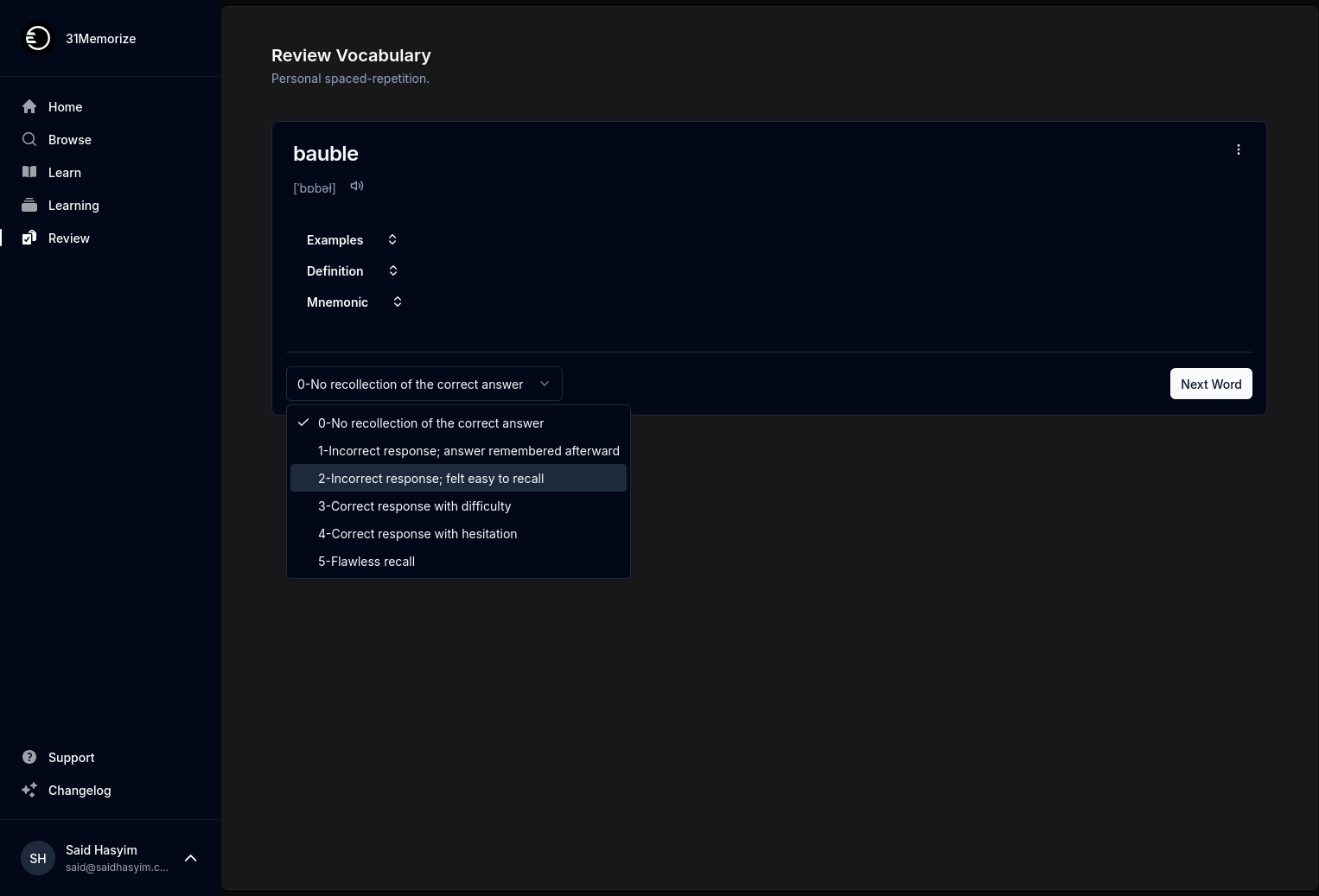How to Utilize Reader Feedback for Growth
In the ever-evolving landscape of content creation, feedback from readers has become a crucial component for growth and improvement. Whether you’re a blogger, an author, or a content strategist, understanding how to effectively utilize reader feedback can elevate your work, deepen your audience connection, and ultimately drive success. In this post, we will explore multiple strategies to harness reader feedback for personal and professional growth.
The Importance of Reader Feedback
Reader feedback offers invaluable insight into what resonates with your audience. It helps you understand their preferences, pain points, and desires. By paying close attention to feedback, you can refine your content, develop more engaging topics, and foster a loyal community around your work.
Here are some key benefits of incorporating reader feedback into your growth strategy:
Enhances Content Relevance: By actively gauging what your readers appreciate, you can tailor your content to meet their evolving interests.
Encourages Engagement: When readers feel that their opinions matter, they are more likely to engage with your content, whether that’s leaving comments, sharing posts, or subscribing to your platform.
Builds a Community: Actively soliciting and responding to feedback fosters a sense of community, making readers feel valued and connected.
Offers Diverse Perspectives: Every reader comes from varied backgrounds and experiences. Their feedback can provide fresh perspectives you may not have considered.
Methods to Collect Reader Feedback
1. Conduct Surveys
Creating surveys is a structured way to gather detailed feedback from your audience. Use tools like Google Forms or Typeform to develop questions that can help you gauge reader satisfaction and preferences.
Tips:
- Keep surveys short and focused to encourage participation.
- Use both qualitative and quantitative questions.
- Consider incentivizing participation with a small prize or recognition.
2. Monitor Comments and Social Media
Your blog comments and social media platforms are valuable sources of feedback. Take time to read through comments and engage with readers. Respond to their thoughts, answer questions, and take note of any recurring themes that emerge.
Tips:
- Use social media analytics tools to track engagement levels and popular topics.
- Engage with readers by asking follow-up questions to understand their viewpoints better.
3. Encourage Direct Communication
Sometimes, the best feedback comes from direct conversations. Make it easy for your readers to reach out to you via email or direct messages. Establish a feedback channel where readers can share their thoughts openly.
Tips:
- Create a dedicated email address for feedback.
- Let readers know you value their input by mentioning it in your content.
4. Organize Focus Groups
If you have a loyal group of readers, consider organizing focus groups to dive deeper into their thoughts and experiences with your content. This interactive approach fosters discussion and often highlights insights that you may not have anticipated.
Tips:
- Choose a diverse group to gather various perspectives.
- Prepare open-ended questions to prompt discussion.
Analyzing Feedback
Once you've gathered feedback, analyzing it efficiently is critical for growth. Here are several methods to effectively analyze reader feedback:
1. Categorize Feedback
Group similar feedback into categories. Identifying common themes can reveal specific areas where your content excels or needs improvement. Common categories might include:
- Content Quality: Insights about clarity, readability, and informativeness.
- Relevance: Feedback on whether the content is meeting readers’ needs and interests.
- Engagement: Thoughts on how engaging readers find the content.
2. Prioritize Changes
Not all feedback will carry the same weight. Prioritize what’s most relevant to your goals or most frequently mentioned by readers. Create an actionable roadmap for addressing feedback.
3. Measure Impact
Implement changes based on reader feedback and measure their impact. Use metrics like page views, engagement rates, and reader comments to ascertain whether your modifications are resonating with your audience.
Implementing Feedback
Utilizing reader feedback effectively requires a thoughtful approach to implementation. Here are several strategies to seamlessly incorporate insights into your content creation process:
1. Create a Content Plan
Based on categorized feedback, develop a content plan that aligns with audience preferences. Schedule topics and formats (e.g., articles, videos, infographics) that cater to what readers want most.
2. Evolve Your Style
If readers express a desire for a different tone or style, be open to evolving your voice. Experiment with different writing styles, add personal anecdotes for connection, or adjust formatting for readability.
3. Experiment with Formats
Use feedback to explore diverse content formats. Readers may appreciate a shift to video content, podcasts, or live Q&As. Trial and error can reveal what formats work best for your audience.
4. Foster Conversations
Create opportunities for ongoing dialogue with your readers. Host webinars, live chats, or community forums where feedback can be discussed in real-time. This engagement can help you stay in tune with your audience.
Conclusion
Reader feedback is more than just a stream of comments or a few stars on a review; it’s a pathway to growth and connection. By gathering, analyzing, and implementing feedback thoughtfully, you can create content that resonates deeply with your audience and builds a thriving community.
As you continue on your content creation journey, remember that feedback is a gift. Embrace it, learn from it, and use it to fuel your growth. With each piece of input you receive, you are one step closer to crafting a more engaging and impactful experience for your readers. Happy creating!
